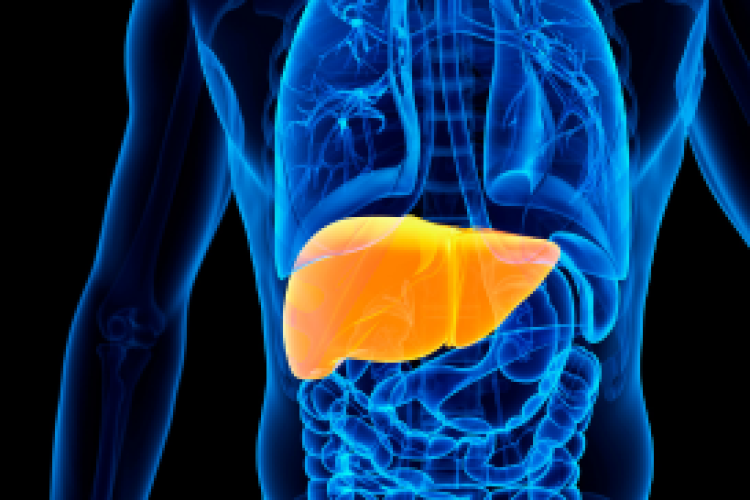Michael Levy, MD, Senior Attending Psychiatrist at Montefiore Nyack Hospital discusses how to stay stave off post-holiday blues.
It’s common to feel down after the excitement of the holidays. Long January days and cold weather can combine to make you want to eat and sleep more. But for some people, the winter months bring a kind of depression that is more than the ‘winter blues.’ Known as seasonal affective disorder (SAD), this type of depression usually begins in the late fall or early winter, and goes away by summer.
Because SAD is a type of depression, it is important to treat it so it does not lead to problems such as suicidal thoughts or behavior, social withdrawal, school or work problems, or substance abuse.
“Typical depression often causes a person to eat less and sleep less,” says Dr. Levy. “With SAD, a person often gains weight and may sleep up to 14 hours a day during the winter.” A person may start out with milder symptoms, which become more severe as the season progresses. SAD may cause constant fatigue and irritability, and a heavy feeling in the arms or legs. SAD may bring on a craving for foods high in carbohydrates.
Some people with SAD have bipolar disorder. They become depressed in the winter, and manic in the spring and summer, Dr. Levy notes.
While the causes of SAD are not known, factors that may contribute include reduced sunlight in fall and winter, which can disrupt a person’s internal clock and lead to depression. Reduced sunlight can also cause a drop in levels of the brain chemical serotonin, which affects mood. Melatonin, which plays a role in sleep patterns and mood, also may be affected by the change in season.
Diagnosing SAD
If you feel depressed for days at a time, can’t get yourself to do normal activities, and your sleep patterns and appetite have changed, see your doctor. To diagnose SAD, the doctor will conduct a physical exam, as well as a psychological exam to check for signs of depression. Some cases of depression may be caused by an underlying medical problem, such as heart disease. The doctor will look for seasonal patterns, such as depression that begins and ends during specific seasons every year, and no episodes of depression during the season in which a person experiences a normal mood.
Treatment
Treatment may include light therapy and antidepressant medication. Both treatments together appear to be more effective than either one alone, Dr. Levy notes. A person using light therapy sits in a room with a special light therapy box that exposes them to bright light. “Ordinary light doesn’t do the trick,” Dr. Levy says. “Light therapy boxes for SAD are most effective when a person uses one at the beginning of the day, when it’s still dark out, for about two hours daily. You don’t have to stare at it—you just need to be in the room somewhere near it.” The light seems to cause of change in brain chemicals associated with mood. The treatment often starts working in a few days or weeks.
Antidepressants used to treat SAD include selective serotonin reuptake inhibitors (SSRIs) such as sertraline (Zoloft) and escitalopram (Lexapro). For people with SAD that is part of bipolar disorder, bupropion (Wellbutrin) is often prescribed.
Improve Your Mood This Winter
The winter can have a dampening effect on many people’s mood, even if they don’t have SAD, Dr. Levy says. “Just after the holiday season, a lot of people seem to go into a mild funk,” he says. “It can be a combination of the weather, feeling let down after the holidays are over, and the stress of job or school responsibilities.” For people who feel down during the winter but don’t have depression, Dr. Levy recommends trying sleeping with the shades up to let as much light in as possible. He also encourages people to try to take a winter vacation. “If you can go somewhere warm and well-lit in the winter, it can be helpful,” he says.
For those who can’t afford the time or money for such as vacation, try to get outside—even on cold or cloudy days. Dr. Levy advises, “Get outside early in the morning, so you can expose yourself to whatever light is available.”



 Upcoming Events
Upcoming Events



